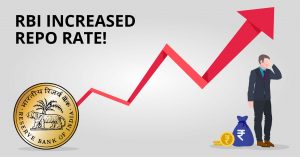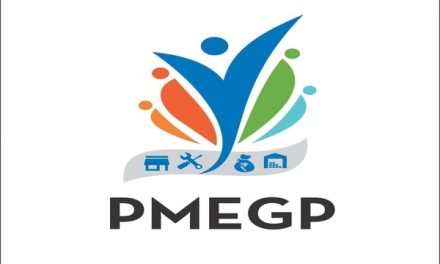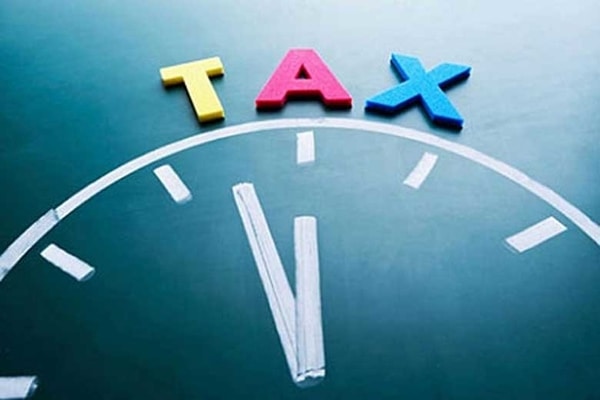A repurchase option or repurchase agreement is referred to as a repo rate. It is the percentage at which commercial banks and other banking organizations borrow funds from the central bank. Examples include SBI, Hdfc Bank, Icici Bank, Canara, and others. The percentage at which the RBI loans short-term cash to banking institutions is known as the repo rate.
The Reserve Bank of India (RBI) increased the repo rate by 50 basis points on September 30, 2022, while keeping its FY23 inflation forecast of 6.7%. As of this writing, the present repo rate is 5.90%.
The RBI raises the rate at which the banks borrow if it anticipates that the price level will exceed its safe level and disrupt the balance of the economy. Because India may experience stagflation by the end of the upcoming fiscal year if the inflation-growth scenario does not improve, the RBI has increased the repo rate to 5.9%. Stagflation is the combination of excessive unemployment, slow growth, and continuous rising prices.

Here are some possible impacts of the increase in the Repo rate by the RBI
Increased EMIs
Equated Monthly Instalments, or EMIs, are a common credit repayment option where the principal and interest are paid in equal installments. This decreases the amount of interest that accumulates over the course of the term of the loan. Increased EMI payments will result from a rise in the repo rate. Anyone who borrows money for a home, vehicle, study, etc., or for anyone else who must make monthly EMI payments, is directly impacted by this.
Less demand for goods and services
Even if raising the repo rate is vital to battle inflation, doing so repeatedly in a short time frame would unintentionally have a negative effect on the country’s economic growth. It will decrease consumer spending, which will have an impact on demand. This slows down growth. As a result, the poorer sections of society can no longer afford goods and services.
Higher costs of borrowing
A rise in repo rates translates into an increase in borrowing costs. This is due to the fact that rising repo rates also result in rising borrowing costs for financial institutions, which are later transferred on to account owners in the form of increased interest rates on business loans, cash credits, and other loans.
FDs have become more profitable
For such customers who have savings and fixed deposits, higher repo rates are advantageous. Because of the increase in the repo rate, interest rates on financial assets like (FDs) and savings accounts have increased on average by 0.5%.
Property market downturn
The move by the RBI to raise interest rates could have an effect on the real estate sector, which had seen a significant uptick in sales because funding was so affordable. The enthusiasm of new homebuyers would be undermined when banks’ rates of interest rise, pushing up equivalent monthly repayments (EMIs) for current borrowers.
Stock market downfall
This means that following the increase in the repo rate, businesses are prompted to reduce their expenditure on the new expansion, which slows growth, lowers profits and future earnings, and causes stock values to drop.
Read More: 7 top real -money-earning games to enjoy in 2022






